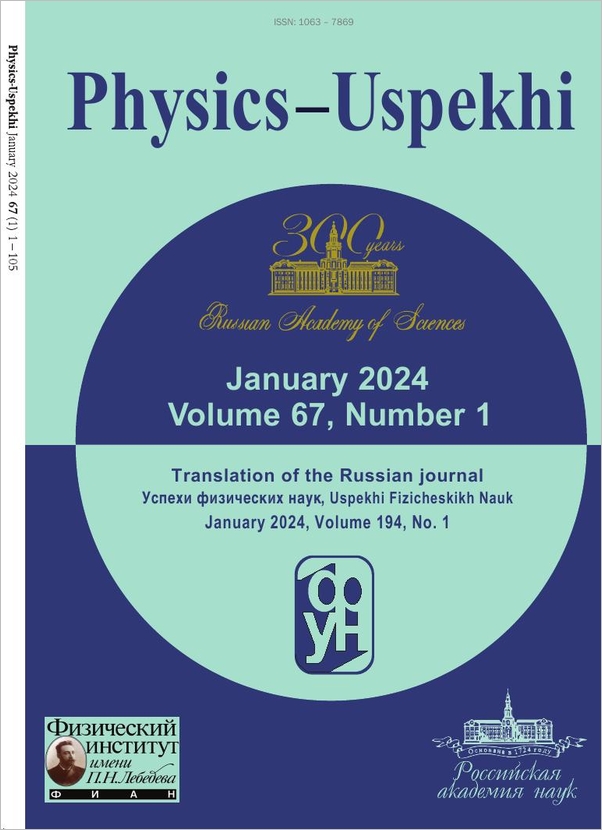|
This article is cited in 29 scientific papers (total in 29 papers)
REVIEWS OF TOPICAL PROBLEMS
Cathodoluminescence microscopy
V. I. Petrov
Lomonosov Moscow State University
Abstract:
Being the source of light quanta in optoelectronic devices like semiconductor lasers and light-emitting diodes, radiation recombination processes are of great importance in the constituent semiconducting structures. The latter consist of thin epitaxial layers, and their radiative recombination efficiency depends on structural imperfections such as dislocations, usually acting as nonradiative recombination centres, and point defects. Since these imperfections usually have a nonuniform layer distribution, radiation characteristics are distributed inhomogeneously over the layers and small-scale structural elements. For such structures, therefore, cathodoluminescence scanning microscopy, controlling the microlevel distribution of radiation characteristics, is an irreplaceable research tool. The effective use of this technique requires a correct understanding of the radiation-producing processes occurring during the electron probe—semiconductor interaction. A knowledge of the potential and the information capacity of the method is essential.
Received: July 1, 1996
Citation:
V. I. Petrov, “Cathodoluminescence microscopy”, UFN, 166:8 (1996), 859–871; Phys. Usp., 39:8 (1996), 807–818
Linking options:
https://www.mathnet.ru/eng/ufn1214 https://www.mathnet.ru/eng/ufn/v166/i8/p859
|


| Statistics & downloads: |
| Abstract page: | 283 | | Full-text PDF : | 99 | | First page: | 1 |
|





 Contact us:
Contact us: Terms of Use
Terms of Use
 Registration to the website
Registration to the website Logotypes
Logotypes









